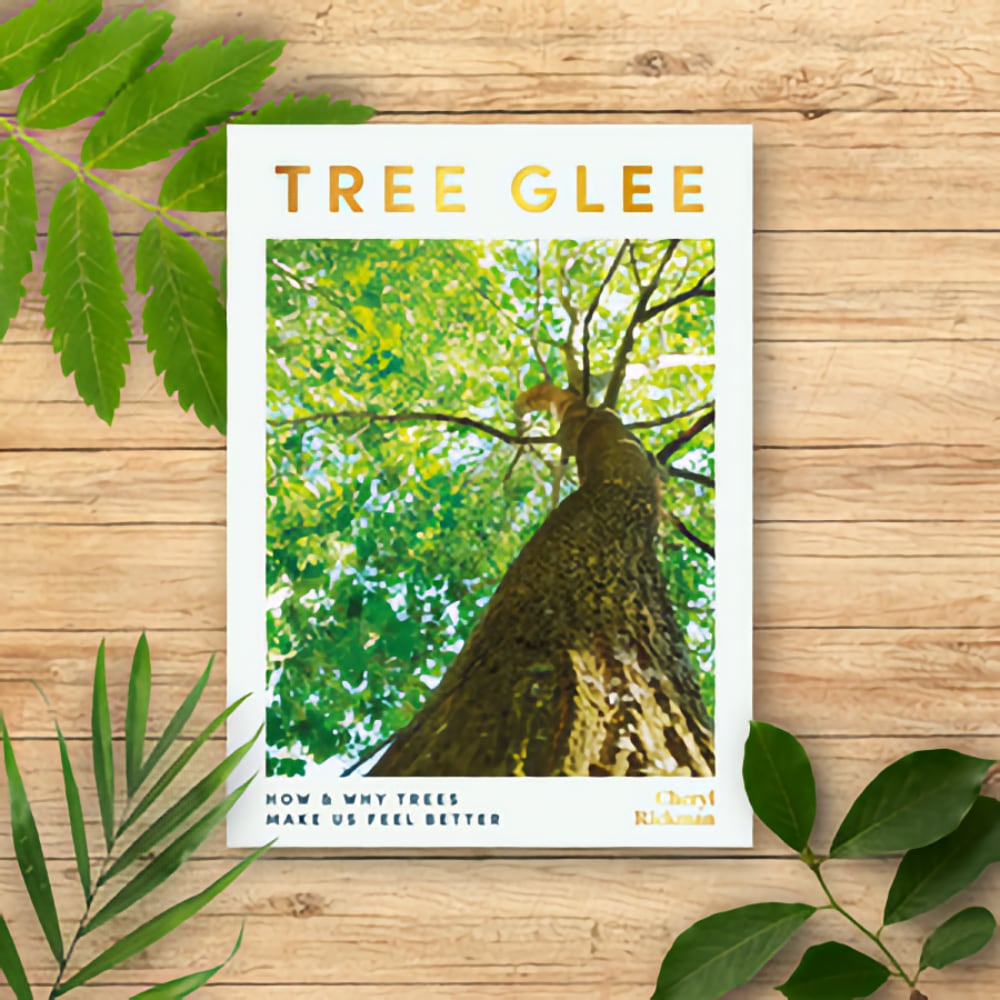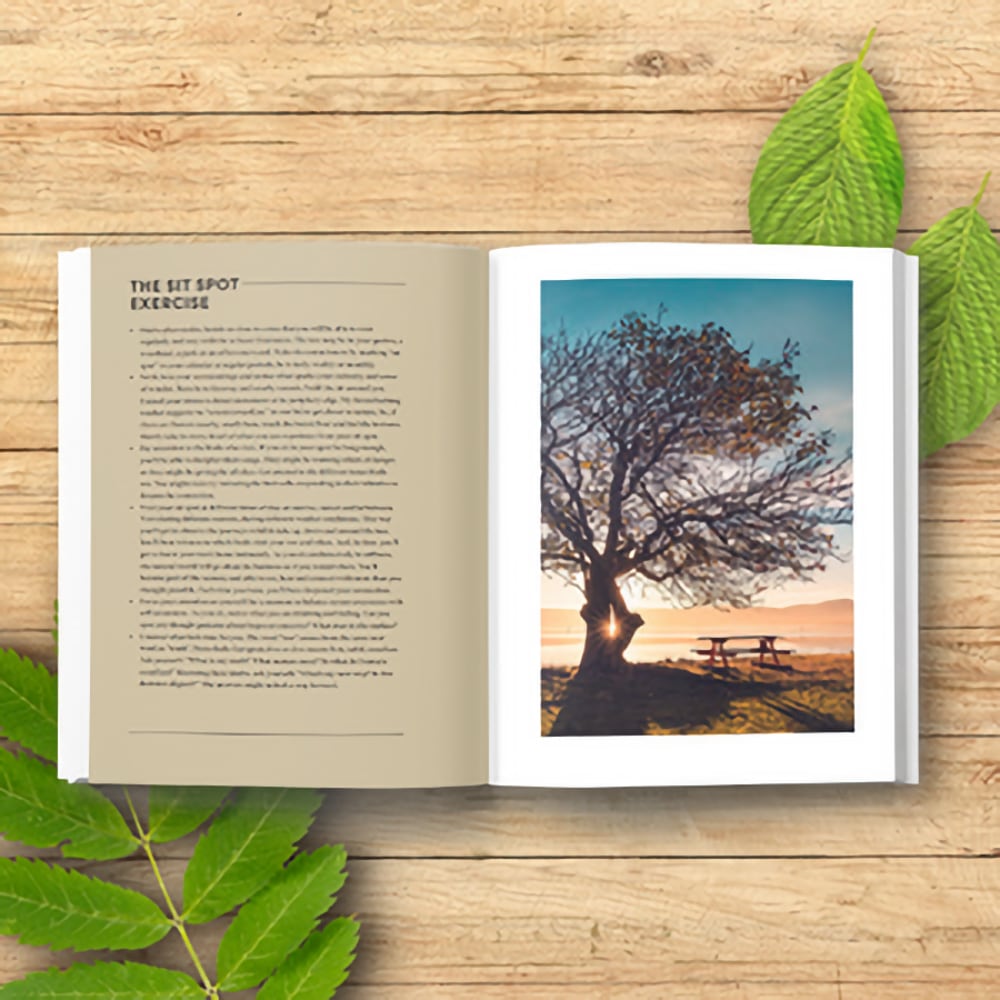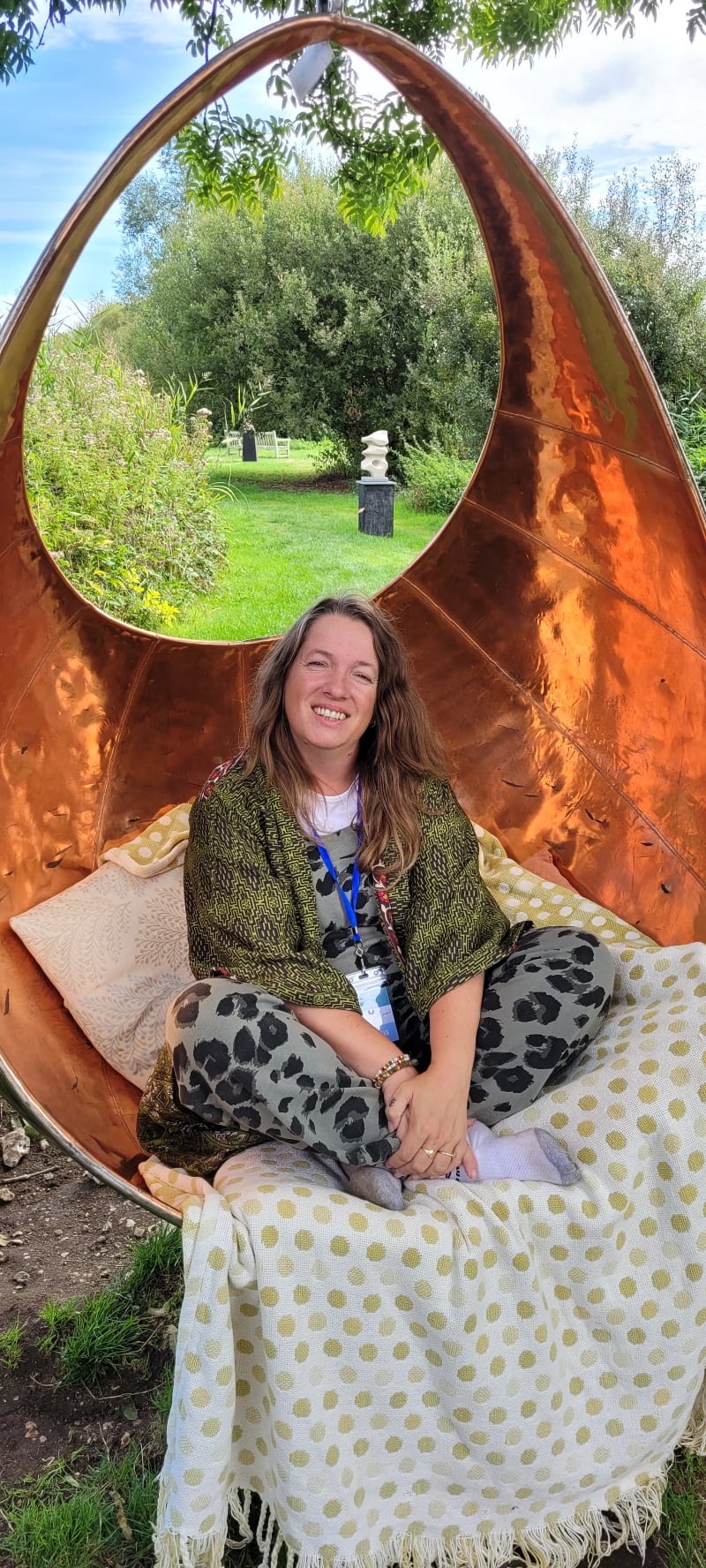I’ve long felt a sense of solace and calm comfort from being around trees and walking under their canopies, but I wanted to dig deeper to find out what happens to our bodies and minds when we are near trees and why trees make us feel better.
So, I wrote a book called TREE GLEE: How and why trees make us feel better, which explores the psychology behind our fascination with trees, examines exactly how they comfort, restore and revitalise us, and explores the importance of trees in our leafy suburbs and urban landscapes alike.
Simply spending time with trees, walking in woodlands or in other green spaces, such as tree-lined parks, even for just 20 minutes (ideally for 20 minutes each day) can calm our nervous system and reduce stress, lower blood sugar levels and boost our immunity, our cardiovascular health and even our cognitive ability, including our concentration, memory and mood.
When we walk through woodland and around trees, specifically, our nerves send electromagnetic signals to our brain – specifically to the hypothalamus – which literally flicks the switch to shut down our “flight or fight” stress response and engages the “rest and digest” calm response instead.
A University of Exeter study of 20,000 people found those who spent two hours per week (20 minutes per day) in green spaces, woods/parks or other natural environments, whether at once or cumulatively, were more likely to report good psychological and physical health than those who didn’t.
Trees don’t just help us to feel better, they help us to think better too – In a University of Michigan study, those sent for a walk around an arboretum performed 20 per cent better in a memory test the second time they took it, compared to those retaking the test after strolling through the city, who showed no improvement.
But why do they make us feel this way? Well, trees have such a powerful impact partly because of the effect they have on our sensory system, partly because of our own evolutionary inner-wiring and partly because of how they affect our nervous system and our immune system via the essential oils and scents they emit.
Trees make our bodies and minds feel better by producing a glorious cocktail of botanical compounds. These compounds are a blend of essential oils called phytoncides and aromatic terpenes, which trees diffuse between each other to attract pollinators and protect themselves from bacteria, insects and fungi. When we’re walking through the woods, we breathe these in from the woody air and absorb them via our pores and this works to soothe our autonomic nervous system, make us feel calmer and even boost our sleeping ability.
These chemical compounds also have antibacterial qualities which help our bodies increase the number and activity of infection-fighting white blood cells called natural killer (or NK) cells.
And, in addition to what we can smell, the awe of looking up at tall trees has the capacity to lift our mood as awe experiences cause our brains to release positive neurotransmitter dopamine.
Now, we can gain these mental and physical health benefits simply by walking near trees, without even realising it. However, when we intentionally connect to the trees we walk alongside, we can boost the effects on our wellbeing even further. Indeed, connecting to nature takes more than simply going outside.
Nature Connectedness
Dr Miles Richardson, Founder of the Nature Connection Research Group says, “nature connectedness is more important for wellbeing than visiting nature.”
He and his team at the University of Derby have spent many years researching human–nature relationships to understand what boosts nature connectedness and how that relates to wellbeing. They found that our level of connection to nature tends to be determined by our sense of kinship with the natural world and how engaged we are with nature’s beauty. The more we see trees and woods as sources of beauty and awe rather than as mere objects to observe or places to go, the more connected we feel.
So how can we connect more deeply to the trees that surround us as we walk?
Well, in addition to forest bathing, which I talk about in TREE GLEE and which Holly Barber explores in her blog about walking with your senses here, we can pay greater attention to our tree neighbours in other ways too.
Notice your neighbourhood
In fact, we needn’t wait until we’re in the rural countryside to notice the trees around us, in our gardens, streets, local parks and woods.
- Walk round the block and notice which species of trees are the most common in your local streets. Use a field guide or plant ID app (e.g., the LeafSnap-Plant Identification app) to identify trees by their bark, leaves, buds, berries and flowers. Name the three trees that grow nearest to the front door of your home. Do they produce fruits or seeds? Which birds or animals feed from or nest in those trees? Can you discover who planted these trees and how old they are? Getting to know the trees that surround you deepens your sense of connection to them.
- Map your local area. Start by drawing a square to represent where you live, and mark true north on the map using a compass. Then draw an arrow in the direction of the nearest woodland to your home; add another arrow to indicate where the closest park is. Plot on the map any trees or wildlife that caught your attention, and each time you venture out look out for new ones to add. The ritual and routine of going on the same route each time can soothe the nervous system, but you might also choose to take a different route each time.
- Plan day trips to visit local noteworthy trees that may have a historical significance. For example, I discovered that a mere five-minute drive from my home is one of the largest collections of “champion” trees – the tallest, widest, oldest of their species – in the British Isles, at the Sir Harold Hillier Arboretum. As I dug deeper to research trees in my local area, I also learned about a 1,000-year-old Oak nearby and an ancient Yew in a churchyard I regularly drive past.
Once you cultivate your capacity to notice, you start noticing everything. From the way that in the same wind some trees rustle gently and some shake fiercely, while others just shimmer. Or the way sunlight, when it hits dark green pines turns them into a vibrant sea of colour. Each time we notice seemingly insignificant details we flex our noticing muscles and get better at paying attention to the present moment.
And in a world where we so often get caught up in ruminating on what’s been said or done in the past or fretting about what might happen in the future, paying attention to our local environment and connecting with the trees we meet and greet as we walk can be a great way to pull us back to the present and feel a deeper sense of belonging.
This blog post comes from Cheryl Rickman, author of TREE GLEE: How and why trees make us feel better. Cheryl is a certified Positive Psychology Practitioner and Ambassador for the Network of Wellbeing and owns a small parcel of Hampshire woodland. Visit TreeGlee.co.uk and CherylRickman.co.uk to find out more.



